For veterans and active-duty service members planning to buy a home this year, one of the biggest questions is: Where are VA mortgage rates headed in 2025?
After hitting historic lows in 2020 and then spiking in 2023, VA loan rates have been a moving target. Now, as we move through 2025, the market appears to be settling down—but that doesn’t mean it’s smooth sailing just yet. Here’s a closer look at what’s happening with VA loan rates right now, what experts predict for the rest of the year, and how borrowers can position themselves to get the best possible deal.
Where VA Mortgage Rates Stand Today
As of mid-April 2025, VA mortgage rates have started to ease slightly after a turbulent couple of years. The average 30-year fixed VA loan rate is sitting at 6.38%, according to Mortgage News Daily. That’s a drop from the same time last year, when rates hovered around 6.88%.
While that’s a welcome shift for homebuyers, these rates are still considerably higher than the ultra-low levels seen during the early years of the pandemic. For perspective, in 2021, rates were dipping below 3%. So, while we’re headed in the right direction, we’re not likely to revisit those rock-bottom numbers anytime soon.
VA Loan Rate Predictions for the Remainder of 2025
The big question now is: Will rates continue to fall in 2025?
Industry experts are expecting a gradual decline in rates, but it’s going to be slow and measured. Fannie Mae, for example, projects that mortgage rates could hover around 6.5% throughout most of 2025, possibly dipping to 6.3% by the end of the year.
But don’t expect dramatic swings. Rate cuts by the Federal Reserve are likely to be more cautious and fewer in number than originally expected. At the beginning of the year, many were expecting three or four cuts, but the current economic data suggests we may only see one or two modest reductions instead.
Why VA Mortgage Rates Aren’t Dropping Faster
There are several factors influencing the pace and direction of VA loan rates right now:
1. Federal Reserve Policy
The Fed plays a huge role in setting the tone for interest rates across the economy. While mortgage rates aren’t directly tied to the Fed’s benchmark rate, they often move in tandem. After raising rates aggressively in 2022 and 2023 to combat inflation, the Fed is now signaling that it wants to cut, but cautiously.
In March 2025, Fed officials reduced their projection for interest rate cuts in 2025 from four to just two. According to a recent AP News report, inflation remains stickier than expected, which is forcing the Fed to rethink how quickly it can ease up.
2. Persistent Inflation
Despite cooling in some areas, inflation hasn’t retreated as quickly as many hoped. The Fed’s target is around 2%, but current readings remain closer to 3%. Until inflation is under control, mortgage lenders will continue to build risk into their pricing, which means higher rates for borrowers.
3. Economic Uncertainty
From GDP growth to employment numbers, the broader economy continues to send mixed signals. Consumer spending has remained strong, but wage growth and job creation are showing signs of slowing. These conflicting indicators make it harder for economists and lenders to predict what’s next, and that uncertainty tends to keep rates elevated.
4. Political & Global Events
With the 2024 presidential election now behind us, the new administration’s economic and housing policies could still influence the market. Add to that global instability—from trade tensions to energy prices—and you’ve got a recipe for continued rate volatility.
Tips for Getting a Better VA Loan Rate
While you can’t control the broader economy, there are several things you can do to put yourself in a stronger position when applying for a VA home loan:
1. Work on Your Credit Score
Your credit profile is still one of the biggest factors that determines your interest rate. Even though VA loans are known for being flexible, a higher credit score can help you secure a better deal. Try to pay off outstanding debts, make payments on time, and avoid taking on new credit right before applying.
2. Shop Around and Compare Lenders
Different lenders offer different rates, even for the same type of VA loan. Don’t just go with the first offer you get. Compare rates, closing costs, and fees to make sure you’re getting the best overall value.
3. Consider Buying Discount Points
VA borrowers have the option to buy “discount points” up front in exchange for a lower interest rate. This can make sense if you plan to stay in the home long-term and want to reduce your monthly payment.
4. Look Into Adjustable-Rate VA Loans
If you don’t plan to stay in your home for more than a few years, a VA adjustable-rate mortgage (ARM) might be a better fit. These loans start with a lower interest rate for the first few years before adjusting later on.
5. Time It Right—But Don’t Wait Forever
Trying to “time” the market perfectly is always tricky. If you find the right home and the rate fits your budget, it may be better to act now rather than gamble on where rates might go. You can always refinance later if rates drop significantly.
Stay Flexible and Stay Informed
The outlook for VA mortgage rates in 2025 is cautiously optimistic. Rates have ticked down from last year’s highs, and many experts believe we’ll continue to see slow improvement. But given the complex mix of inflation, Fed policy, and global uncertainty, borrowers should expect some bumps along the way.
If you’re planning to use a VA loan this year, the best thing you can do is stay informed, stay prepared, and stay flexible. Work with a trusted lender or financial advisor who understands the VA loan process and can help you make smart, confident decisions—no matter what the market throws your way.


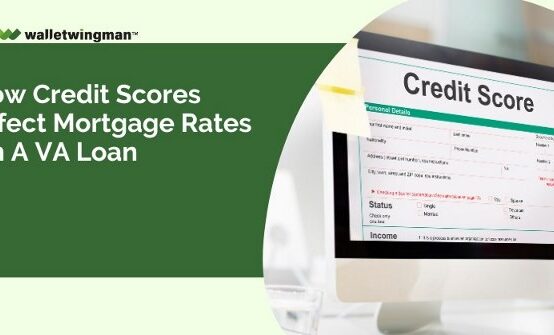 How Credit Scores Affect Mortgage Rates on a VA Loan
How Credit Scores Affect Mortgage Rates on a VA Loan 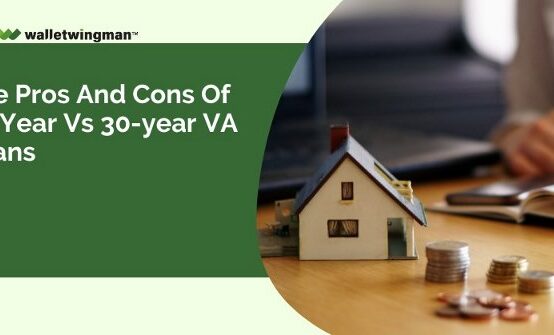 The Pros and Cons of 15-Year vs 30-year VA loans
The Pros and Cons of 15-Year vs 30-year VA loans 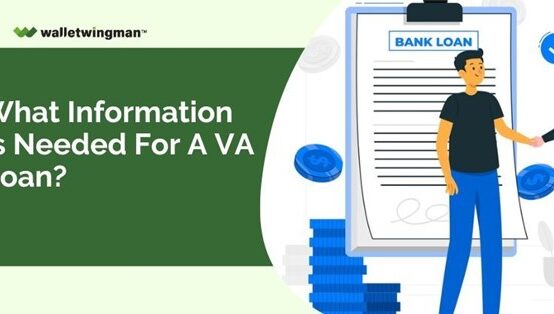 What Information Is Needed for a VA Loan?
What Information Is Needed for a VA Loan? 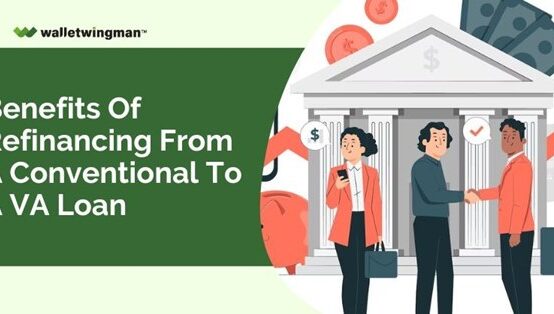 Benefits of Refinancing From a Conventional to a VA Loan
Benefits of Refinancing From a Conventional to a VA Loan 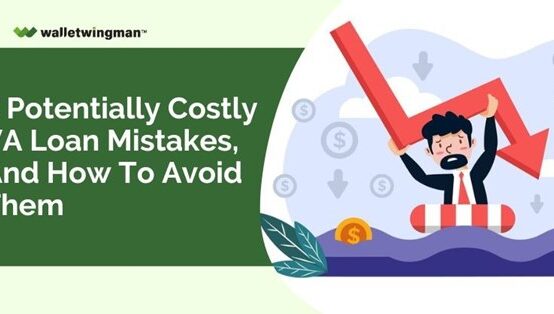 7 Potentially Costly VA Loan Mistakes, and How to Avoid Them
7 Potentially Costly VA Loan Mistakes, and How to Avoid Them  How to Avoid Mortgage Insurance By Using a VA Loan
How to Avoid Mortgage Insurance By Using a VA Loan 